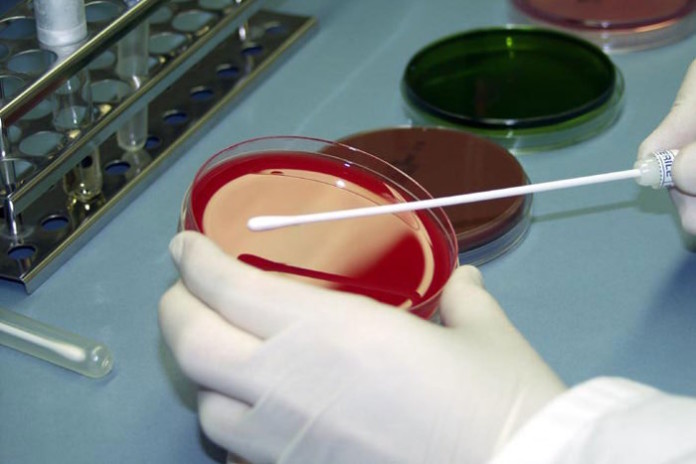Two recent studies demonstrate the importance of appropriate selection of patients for testing for Clostridium difficile infection (CDI), as well as evaluation of performance characteristics of tests for C difficile in asymptomatically colonized patients.
C difficile is one of the most common causes of healthcare-associated infections. However, there is increasing recognition that newer nucleic acid amplification tests for C difficile may have poor specificity for true CDI while detecting patients with asymptomatic C difficile colonization. As such, which patients to test and which tests to use are increasingly important decisions faced by hospitals, clinicians, and clinical microbiology laboratories.
Selecting Patients for Testing
The importance of appropriately selecting patients for C difficile testing is highlighted in a study by Kwon and colleagues. In this study, hospitalized patients who were tested for C difficile were characterized as having a low, medium, or high pretest probability of CDI based on clinical, laboratory, and radiologic data. Stool was tested for C difficile with toxin enzyme immunoassay (EIA) and toxigenic culture (TC).
The investigators found that nine of 111 patients had positive C difficile testing by TC, and four were positive by EIA. Most patients had a low pretest probability (65%), although 31% had medium and 5% had high pretest probability. Of note, none of the patients with a low pretest probability had a positive EIA, although four were TC positive. Furthermore, none of the seven patients with a positive TC test but negative index EIA developed CDI within 30 days or died within 90 days after the index EIA test.
Viewpoint. These findings emphasize the importance of appropriately selecting patients for C difficile testing, including clinical evaluation for signs and symptoms consistent with CDI, as well as alternative causes of diarrhea. A major strength of this study was that the assignment of pretest probability was based on prospective evaluation by a study physician (with interviews and physical examinations), rather than on retrospective medical record review. Given the implications for hospital surveillance, as well as potential inappropriate treatment in asymptomatically colonized patients, consideration of the pretest probability of CDI for patients in the decision to perform C difficile testing is critical.
Testing Asymptomatically Colonized Patients
Terveer and colleagues evaluated the performance characteristics of C difficile tests in asymptomatically colonized patients. The investigators compared the performance of a commercially available polymerase chain reaction (PCR) directed to toxin A and B, a commercially available enzyme-linked fluorescent assay (ELFA) to glutamate dehydrogenase (GDH), and an in-house developed PCR vs a gold standard of toxigenic culture. Testing was performed using 765 stool samples obtained from asymptomatic patients admitted to three hospitals.
Overall, 5.1% of samples were positive for C difficile, and 3.1% contained toxigenic C difficile. The GDH ELFA and both PCR tests demonstrated high negative predictive values (>99%). However, the positive predictive values were low (34.7% for the GDH ELFA and 31.9% for the commercially available PCR test).
The investigators commented that these performance characteristics suggest that these assays would be useful as a first screening test but that the low positive predictive values would preclude their use as stand-alone tests.
Viewpoint. This study contributes to the literature on performance characteristics of C difficile tests in asymptomatically colonized patients, although it should be noted that the prevalence of C difficile colonization in this cohort was somewhat lower than that reported in other studies.
Source: MedScape















































